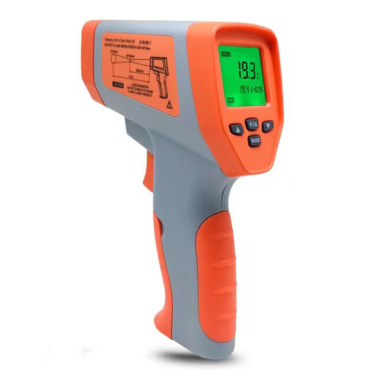
本身
# How to Use an Oven Thermometer for Accurate Baking
Baking is both an art and a science, and one of the most critical factors in achieving perfect results is maintaining the correct oven temperature. Many home bakers rely solely on their oven’s built-in thermostat, but these can often be inaccurate. That’s where an oven thermometer comes in handy. This simple tool can make a significant difference in your baking outcomes.
## Why You Need an Oven Thermometer
Most ovens don’t maintain a perfectly consistent temperature, and their built-in thermostats can be off by as much as 25-50°F (14-28°C). This discrepancy can lead to undercooked or overcooked dishes, uneven browning, and disappointing results. An oven thermometer gives you an accurate reading of your oven’s actual temperature, allowing you to adjust accordingly.
## Choosing the Right Oven Thermometer
When selecting an oven thermometer, consider these factors:
– Analog vs. digital: Analog models are affordable and reliable, while digital versions offer precise readings
– Temperature range: Ensure it covers the range you typically use for baking (usually 150-550°F or 65-290°C)
– Durability: Look for models with sturdy construction that can withstand high heat
– Readability: Choose one with clear markings that’s easy to read through your oven window
## How to Use Your Oven Thermometer
Follow these steps for accurate temperature monitoring:
### 1. Proper Placement
Place the thermometer in the center of the middle rack where most of your baking occurs. Avoid placing it too close to oven walls, heating elements, or the door, as these areas can give false readings.
### 2. Preheating Check
Before baking, preheat your oven with the thermometer inside. Once your oven indicates it’s reached the desired temperature, check the thermometer. Note any difference between the set temperature and the actual temperature.
### 3. Temperature Adjustment
If there’s a discrepancy, you’ll need to adjust your oven settings accordingly. For example, if your oven is set to 350°F but the thermometer reads 325°F, you’ll need to set your oven to 375°F to achieve an actual 350°F temperature.
### 4. Monitoring During Baking
Check the thermometer periodically during baking, especially for longer recipes. Oven temperatures can fluctuate, and being aware of these changes allows you to make adjustments as needed.
## Maintaining Your Oven Thermometer
To ensure ongoing accuracy:
– Clean it regularly with a soft cloth (avoid harsh chemicals)
– Check for calibration periodically by testing it in boiling water (should read 212°F or 100°C at sea level)
– Replace it if it becomes damaged or shows inconsistent readings
## Additional Tips for Temperature Accuracy
Keyword: oven thermometer
Beyond using an oven thermometer, consider these practices:
– Avoid opening the oven door frequently during baking
– Rotate baking pans halfway through cooking for even heat distribution
– Allow proper preheating time (most ovens need 15-20 minutes)
– Consider your oven’s hot spots and adjust rack positions accordingly
An oven thermometer is a small investment that can dramatically improve your baking results. By providing accurate temperature readings, it takes the guesswork out of baking and helps you achieve consistent, professional-quality results every time. Whether you’re a casual baker or a serious enthusiast, this simple tool is worth adding to your kitchen arsenal.
